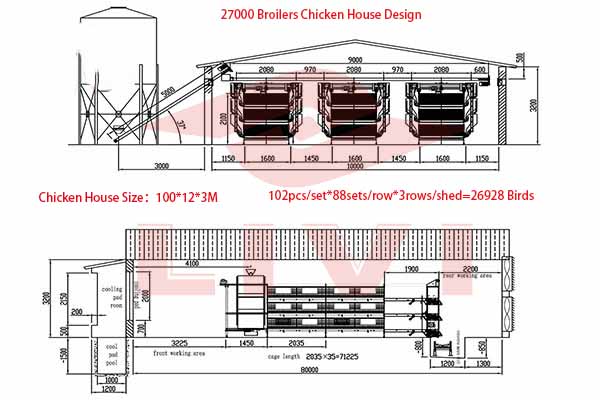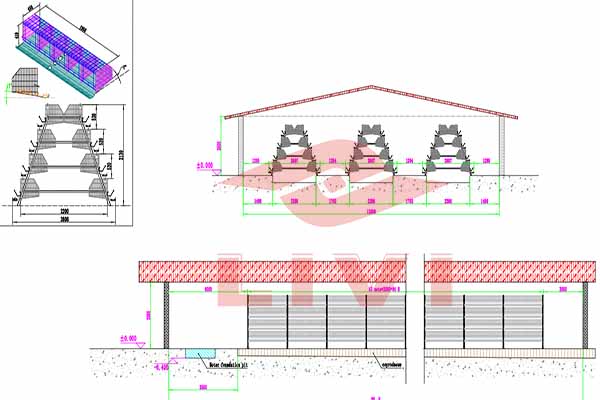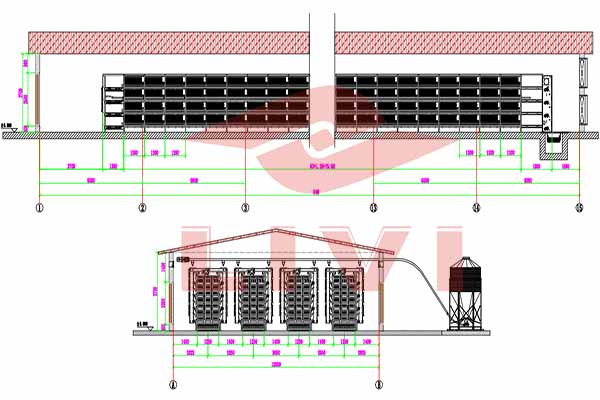Optimizing Layer Cage Size for Enhanced Poultry Farming Efficiency
As a poultry farming business owner or investor, understanding the importance of layer cage size is crucial for maximizing efficiency and profitability. The right cage size can significantly impact the health, productivity, and overall well-being of your chickens. In this article, we will explore the optimal layer cage size and its impact on poultry farming equipment, such as automated chicken cages.
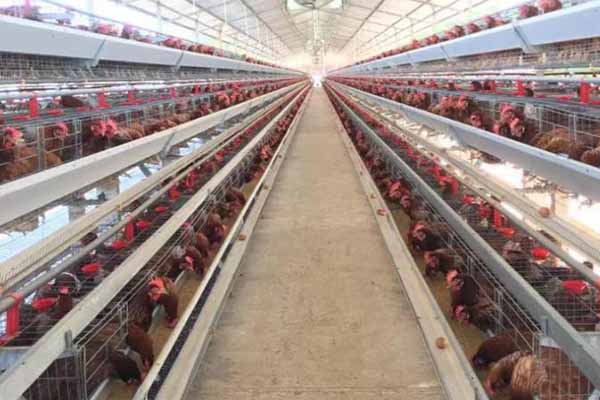
Why is Layer Cage Size Important?
Layer cage size plays a vital role in several aspects of poultry farming:
- Animal Welfare: Properly sized cages ensure that chickens have enough space to move around, reducing stress and promoting overall health.
- Productivity: Adequate space allows chickens to lay eggs more efficiently, resulting in higher egg production.
- Cost-effectiveness: By optimizing cage size, you can reduce the number of chickens needed per cage, leading to cost savings on feed, water, and other resources.
Optimal Layer Cage Size
According to industry standards, the recommended layer cage size is approximately 0.40 square meters per bird. This size provides enough space for chickens to stand, turn around, and stretch their wings without any discomfort. However, it is essential to consider the following factors when determining the ideal cage size:
- Breed: Different chicken breeds have varying requirements for space. Consult with a poultry expert to determine the best cage size for your specific breed.
- Age: Younger chickens may require slightly more space than mature birds.
- Environmental Conditions: Adjust the cage size based on the climate and ventilation of your farm.
Automated Chicken Cages and Poultry Farming Equipment
Investing in high-quality poultry farming equipment, such as automated chicken cages, can further enhance the efficiency of your farm. Automated cages offer several benefits:
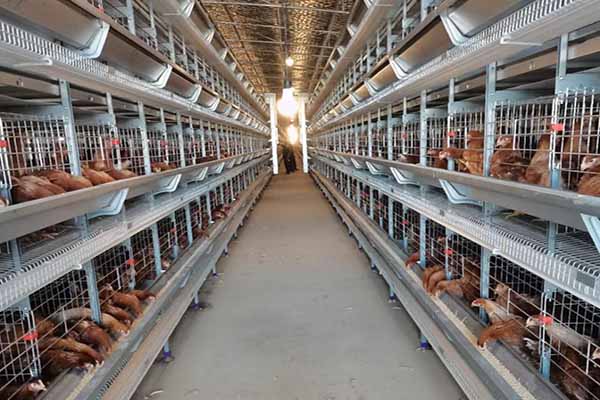
- Improved Egg Collection: Automated systems ensure timely egg collection, reducing the risk of eggs being broken or contaminated.
- Health Monitoring: Many automated cages come with built-in health monitoring systems, allowing you to keep track of your chickens’ well-being.
- Cost Savings:</strong
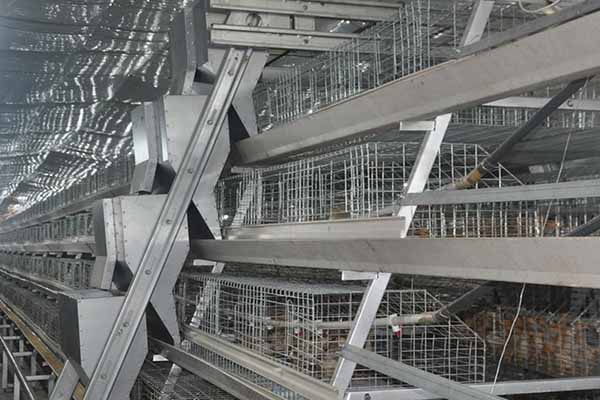 > Automated systems can reduce labor costs and improve productivity.
> Automated systems can reduce labor costs and improve productivity.
When selecting poultry farming equipment, consider the following factors:
- Quality: Invest in durable, reliable equipment that can withstand the demands of your farm.
- Customization: Choose equipment that can be customized to meet your specific needs.
- Support: Ensure that the manufacturer offers excellent customer support and maintenance services.
Conclusion
Optimizing layer cage size and investing in high-quality poultry farming equipment, such as automated chicken cages, can significantly improve the efficiency and profitability of your poultry farming business. By following the guidelines outlined in this article, you can create a more comfortable and productive environment for your chickens.
For more information on layer cage size, automated chicken cages, and other poultry farming equipment, please leave a comment below or contact us for a free, personalized chicken farming design and equipment quote.


